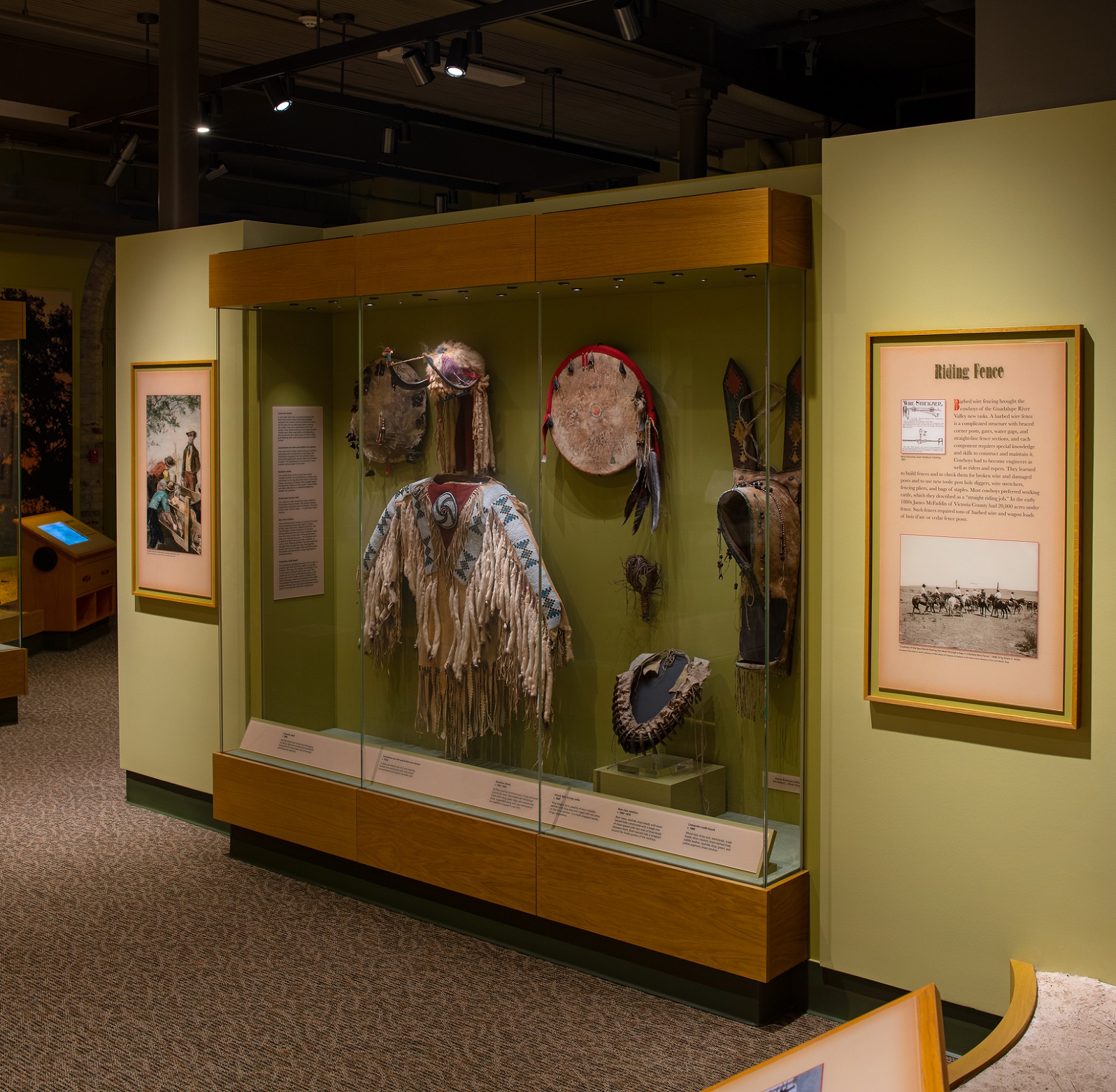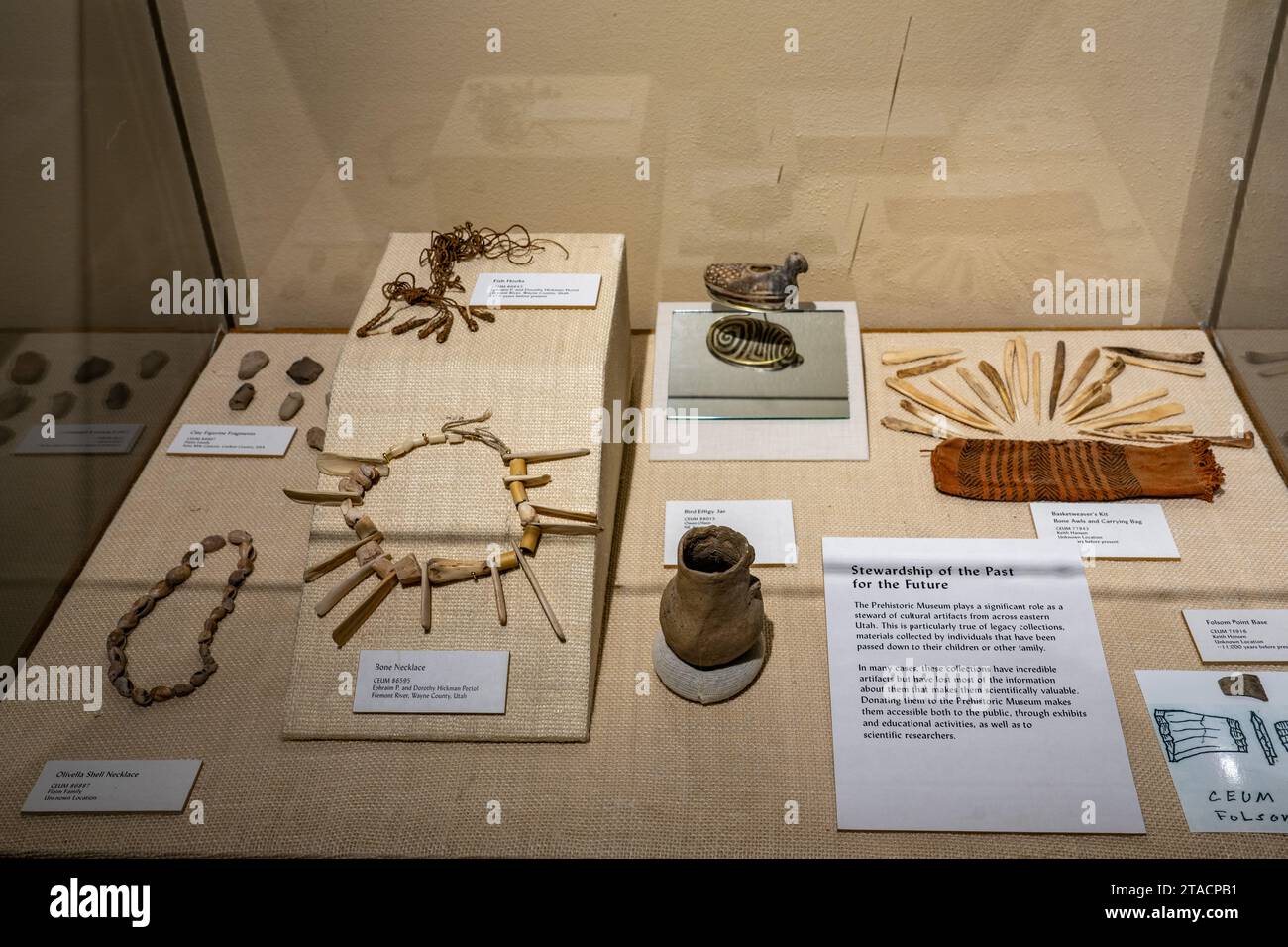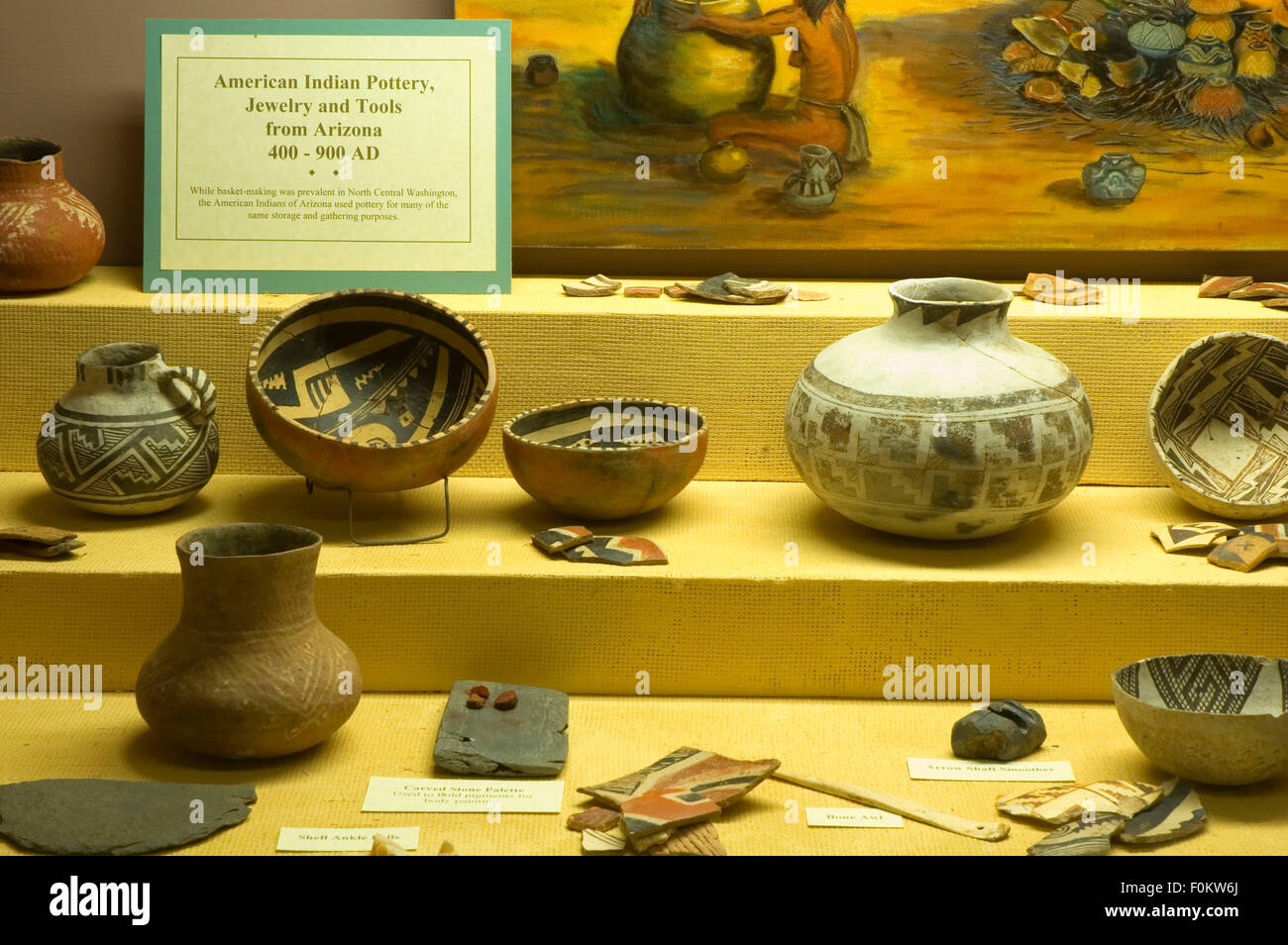
The Native American Museum: A Repository of Ancient Artifacts and Enduring Heritage
Native American museums, particularly those housing ancient artifacts, serve as crucial institutions for the preservation, interpretation, and revitalization of Indigenous cultures across the Americas. Far beyond mere repositories of objects, these museums are dynamic spaces that embody complex historical narratives, scientific inquiry, ethical considerations, and vibrant cultural continuity. This exploration delves into the multifaceted nature of such museums, examining their purpose, the types of ancient artifacts they safeguard, their curatorial practices, educational roles, and the profound challenges and opportunities they navigate in the 21st century.
I. Defining the Native American Museum with Ancient Artifacts
A Native American museum dedicated to ancient artifacts is an institution primarily focused on collecting, conserving, researching, and exhibiting material culture produced by Indigenous peoples of the Americas from pre-contact periods through early historical eras. These artifacts, often unearthed through archaeological excavation or inherited through generations, offer invaluable insights into the technologies, social structures, belief systems, artistic expressions, and environmental adaptations of past societies. Unlike general ethnographic museums that might include contemporary Indigenous art, these specific institutions emphasize deep historical roots, often extending back millennia, providing a tangible link to the ancestral lands and lifeways of Native American nations.
II. Historical Context and Evolution

The history of Native American collections in museums is complex and often fraught with colonial undertones. Early collections were frequently amassed during periods of conquest, displacement, and ethnographic study, often without the consent or active participation of Indigenous communities. Objects were often presented as relics of a "vanishing race," reinforcing problematic stereotypes and divorcing artifacts from their living cultural contexts.
However, the late 20th and early 21st centuries have witnessed a transformative shift. Fueled by Indigenous activism, civil rights movements, and evolving museological ethics, Native American museums and dedicated sections within larger institutions have moved towards models of shared authority, tribal consultation, and Indigenous self-determination. Legislation such as the Native American Graves Protection and Repatriation Act (NAGPRA) in the United States (1990) has profoundly impacted museum practices, mandating the return of human remains, funerary objects, sacred objects, and objects of cultural patrimony to lineal descendants and culturally affiliated Native American tribes. This paradigm shift has repositioned these museums as vital partners in cultural revitalization, rather than mere custodians of "dead" cultures.
III. Core Purpose and Mission
The mission of a Native American museum with ancient artifacts is multifaceted, encompassing several critical objectives:
- Preservation of Cultural Heritage: At its core, the museum acts as a conservator of irreplaceable material culture. Through controlled environmental conditions, meticulous restoration, and secure storage, artifacts are protected for future generations, ensuring the physical survival of tangible links to the past.
- Education and Public Understanding: These museums serve as primary educational platforms, informing the public about the rich and diverse histories, achievements, and resilience of Native American peoples. They aim to dismantle stereotypes, correct historical inaccuracies, and foster a deeper appreciation for Indigenous contributions to global heritage.
- Cultural Revitalization and Empowerment: For Indigenous communities, the museum is often a living resource. Access to ancestral artifacts can inspire language revitalization efforts, inform traditional art forms, and strengthen cultural identity. Many museums actively collaborate with tribal elders, artists, and educators to ensure that exhibitions and programs are culturally appropriate and meaningful.
- Research and Scholarship: Ancient artifacts provide crucial data for archaeological, anthropological, and historical research. Museums facilitate scholarly inquiry, contributing to a deeper understanding of human prehistory and the complexities of ancient American societies.
- Promoting Indigenous Voices and Perspectives: A fundamental aspect of modern Native American museology is the prioritization of Indigenous narratives. Exhibitions are increasingly curated with and by Native American communities, ensuring that stories are told from an insider perspective, reflecting Indigenous epistemologies and worldviews.

IV. Types of Ancient Artifacts and Collections
The range of ancient artifacts found in Native American museums is vast, reflecting the incredible diversity of cultures across the continent. These can be broadly categorized:
-
Archaeological Artifacts: These constitute the bulk of ancient collections, unearthed from archaeological sites. Examples include:
- Lithic Tools: Projectile points (arrowheads, spear points), knives, scrapers, choppers, and grinding stones (manos and metates) made from chert, obsidian, quartz, and other stones. These illustrate hunting, processing, and agricultural technologies.
- Ceramics: Pottery vessels, effigy jars, pipes, and shards, offering insights into food preparation, storage, ritual practices, and artistic styles, often datable through their forms and decorative elements.
- Organic Materials: Though less commonly preserved, objects made from wood (bows, atlatls, carved figures), bone (awls, needles, flutes, gaming pieces), shell (beads, gorgets, tools), and plant fibers (basketry, textiles, cordage, sandals) provide critical evidence of ancient craftsmanship and resource utilization.
- Architecture and Features: While often documented in situ at archaeological sites, reconstructions or detailed models of ancient dwellings, ceremonial structures (e.g., kivas, mounds), and agricultural systems can be part of museum displays.
- Rock Art: Petroglyphs (carvings) and pictographs (paintings) are generally studied in situ, but casts, photographs, and digital representations are common museum exhibits.
-
Biofacts: These are non-cultural organic remains that provide environmental and biological context.
- Faunal Remains: Animal bones, shells, and teeth indicate diet, hunting practices, and local ecosystems.
- Botanical Remains: Seeds, pollen, wood fragments, and macrobotanical remains shed light on ancient diets, agricultural practices, and plant use.
- Human Remains: Ancestral human remains, including skeletal elements and mummified bodies, are among the most sensitive and ethically complex items. Under NAGPRA, their repatriation to affiliated tribes is a primary mandate, and their display is highly restricted and subject to intense tribal consultation and approval.
-
Paleontological Specimens: While not strictly "artifacts," some museums might include paleontological finds (fossils of ancient life) if they are found in close association with early human sites, providing critical context for the deep past of the landscape that Indigenous peoples inhabited.
V. Curatorial Practices and Exhibition Design
The stewardship of ancient artifacts demands specialized curatorial and conservation practices:
- Conservation and Preservation: Artifacts are housed in climate-controlled environments to mitigate degradation from temperature fluctuations, humidity, light exposure, and pests. Conservators employ scientific techniques to stabilize fragile materials, clean objects, and repair damage using reversible methods.
- Archaeological Data Management: Each artifact is meticulously documented, detailing its provenance (where it was found), associated materials, context, and research history. This data is critical for scientific analysis and understanding the object’s significance.
- Ethical Considerations in Display: The decision to display ancient artifacts, particularly those with sacred or funerary connotations, is approached with extreme caution and in close consultation with relevant tribal communities. Many museums opt to display replicas or use alternative interpretive methods for highly sensitive items, prioritizing respect for cultural protocols over public display. The concept of "intellectual property" of cultural knowledge also guides how information about sacred objects is shared.
- Exhibition Design and Storytelling: Modern Native American museums utilize innovative exhibition techniques. Beyond static displays, they incorporate multimedia presentations, interactive exhibits, oral histories, and contemporary Indigenous art to create immersive experiences. The goal is to contextualize artifacts within living cultures, demonstrating continuity rather than presenting them as relics of a vanished past. The narrative is carefully constructed to challenge colonial perspectives and empower Indigenous voices.
- Repatriation and Cultural Affiliation: The ongoing process of repatriation is a central aspect of museum operations, particularly in the United States. Museums dedicate significant resources to researching collections, consulting with tribes, and facilitating the return of culturally sensitive items, fostering trust and reconciliation.
VI. Educational and Public Engagement Roles
Native American museums are dynamic educational centers, serving diverse audiences:
- School Programs: Tailored programs for students of all ages offer hands-on workshops, guided tours, and curriculum-aligned resources that promote critical thinking about history, culture, and social justice.
- Adult Programs: Lectures, symposia, film screenings, and cultural demonstrations by Indigenous artists and scholars provide opportunities for deeper engagement and lifelong learning.
- Digital Resources: Online databases, virtual exhibitions, 3D models of artifacts, and educational videos expand access to collections and knowledge for a global audience, overcoming geographical barriers.
- Community Outreach: Museums actively engage with local and distant Indigenous communities through collaborative projects, artifact loans, and support for cultural events, solidifying their role as community partners.
VII. Challenges and Future Directions
Despite their vital contributions, Native American museums face ongoing challenges:
- Funding and Resources: Securing adequate funding for conservation, research, exhibition development, and community programs remains a persistent challenge for many institutions.
- Ongoing Repatriation: The complexities of identifying cultural affiliation, negotiating returns, and managing the physical transfer of thousands of objects require sustained effort and resources.
- Decolonization of Museums: Moving beyond repatriation, decolonization involves fundamentally rethinking museum structures, governance, interpretive frameworks, and power dynamics to ensure Indigenous self-determination at all levels.
- Reaching Diverse Audiences: While critical for education, engaging non-Indigenous audiences in a way that promotes genuine understanding and respect, rather than exoticism, requires continuous effort and innovative strategies.
- Climate Change: Preserving ancient artifacts, particularly those housed in older structures or in areas vulnerable to environmental shifts, presents new conservation challenges.
The future of Native American museums with ancient artifacts lies in strengthening partnerships, embracing technological innovation for research and outreach, and continually evolving their narratives to reflect the resilience, adaptability, and ongoing contributions of Indigenous peoples. These institutions are not merely custodians of the past; they are active agents in shaping a more informed, respectful, and equitable future.
Conclusion
Native American museums housing ancient artifacts are indispensable institutions, bridging millennia of human experience with contemporary cultural realities. They stand as testaments to the ingenuity, artistry, and profound spiritual connections of Indigenous peoples. Through rigorous preservation, ethical curation, and collaborative storytelling, these museums illuminate a vital chapter of human history, challenge dominant narratives, and empower Indigenous communities to reclaim, celebrate, and transmit their enduring heritage. They are living laboratories of culture, history, and reconciliation, essential for understanding the intricate tapestry of human civilization in the Americas and fostering a more inclusive global perspective.


